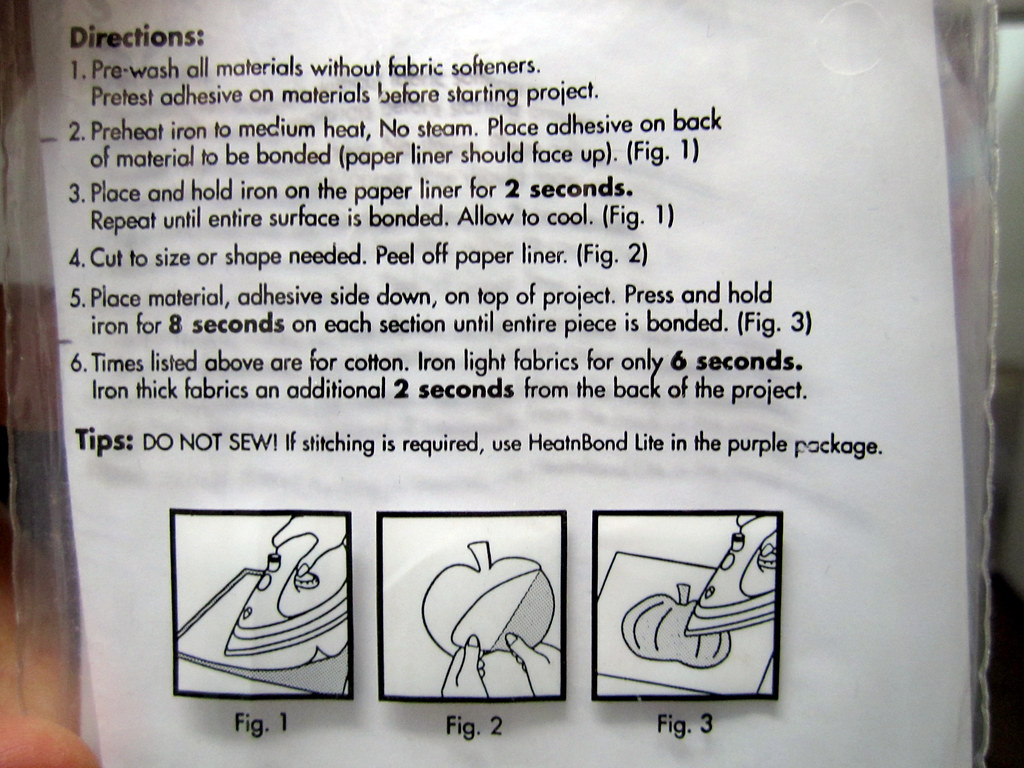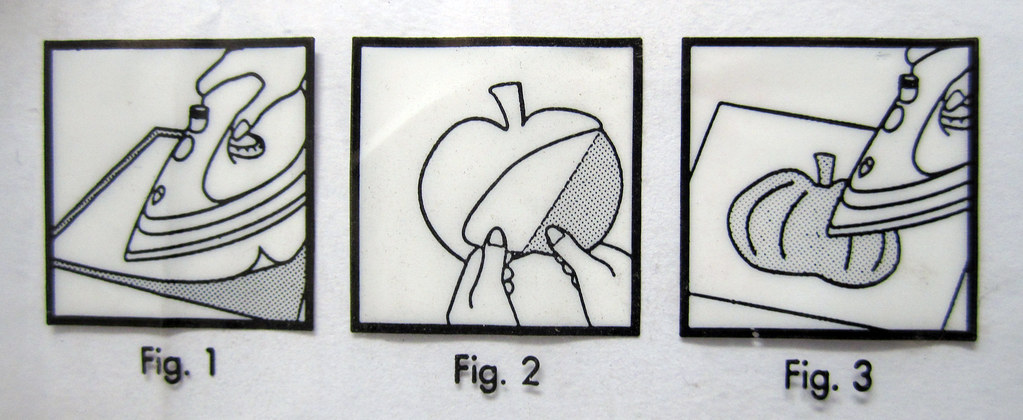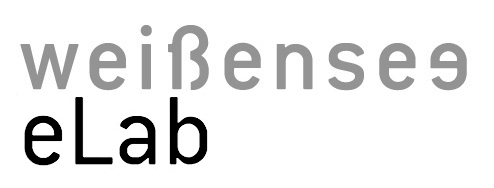also: Interweb, Bondaweb, Fusible, Interfacing, “Iron-on”, Fusible web…

1) Fuse the fusible interfacing to a piece of the material (conductive or non conductive fabric) that you will be working with. It is important to do this BEFORE you cut out your final shapes.
Place the fusible interfacing ontop of the material with the glue side (non-paper side) facing the fabric. Iron over the paper side, or alternatively you can also iron from the fabric side with the paper side facing the ironing board.
2) After you have fused the interfacing and before you peel off the paper backing it can be useful to keep the paper backing on, either for drawing your final shapes on, or for using to lasercut your fabric circuit (see lasercut fabric circuits).
3) Before fusing your final cut-out shape to your base material you need to peel off the paper backing and place the glue side between the two materials you want to have glued together.



Thermoweb Heat’n Bond Ultra Hold Iron-On Adhesive:
>> Joann (USA)
>> Amazon (USA)
Fusible interfacing:
>> Macculloch Wallis (UK)








[…] can look into decorative elements, maybe using fusible interfacing to stabilize the fabric (ex: http://www.kobakant.at/DIY/?p=1611). Appliqués? Cut-outs? Repeated patterns? I tend to prefer simple clothes, so I may just stick […]